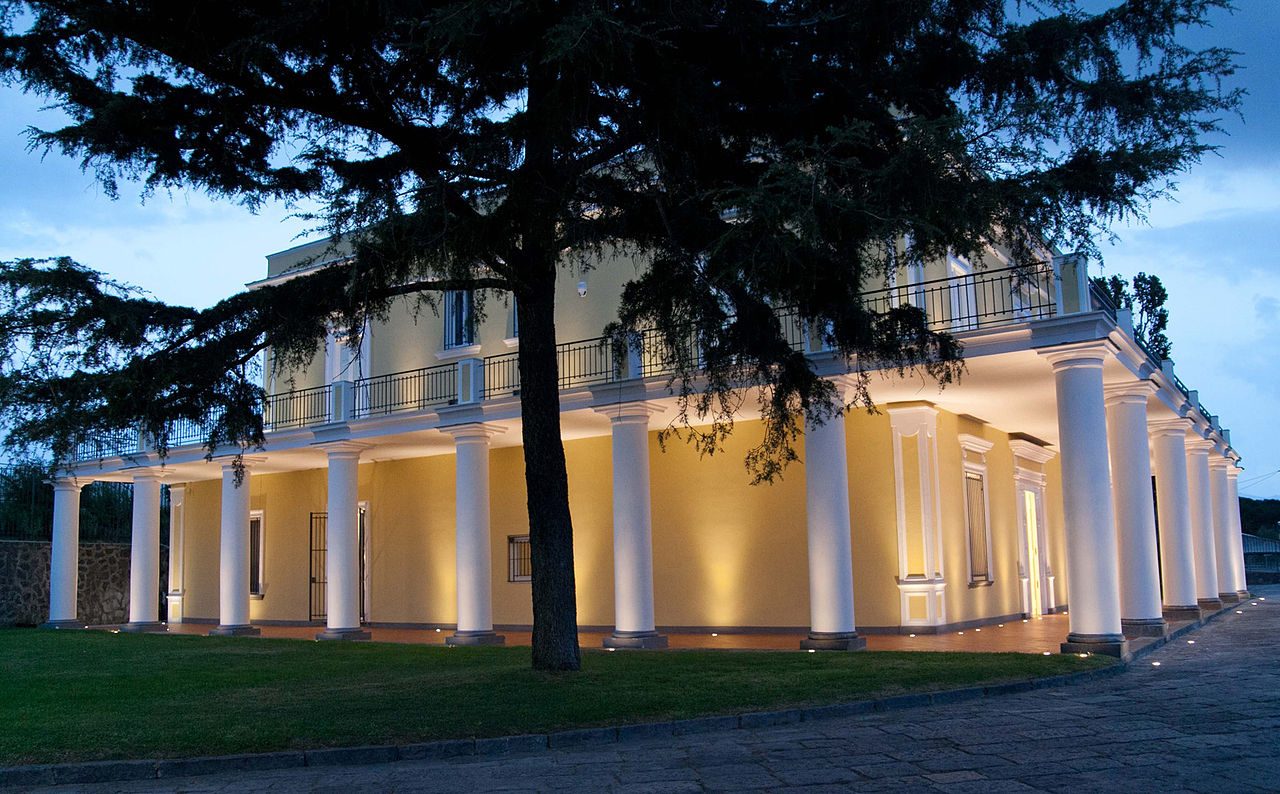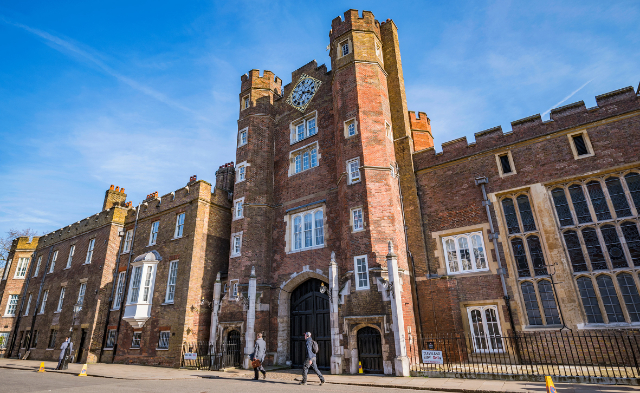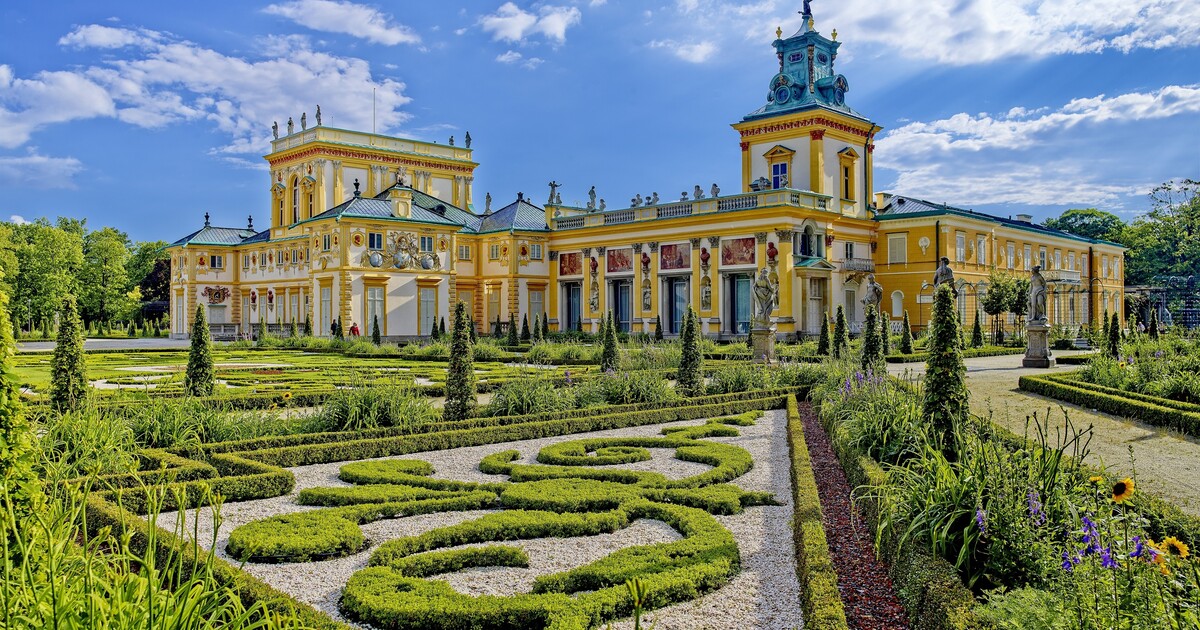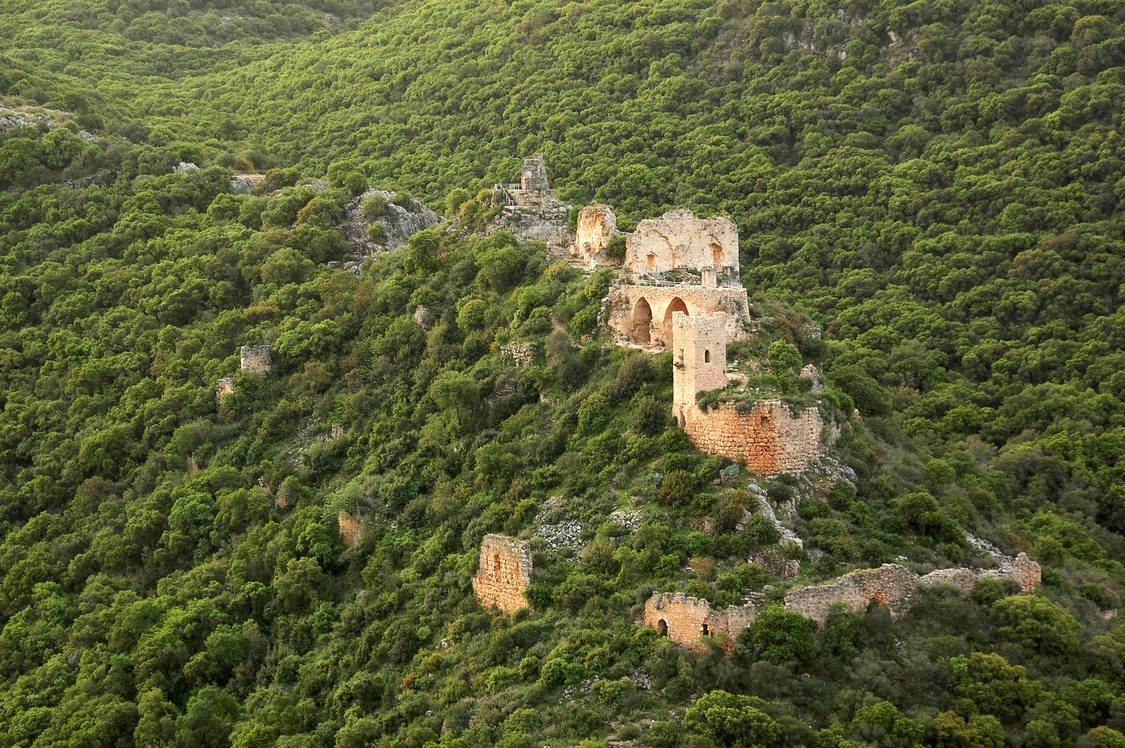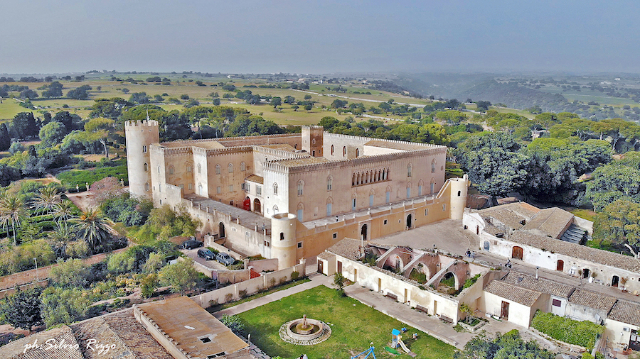On the slopes of Vesuvius, nestled in the outskirts of Torre del Greco is the Villa delle Ginestre, a place that inspired Giacomo Leopardi for "La ginestra", one of his most famous compositions.
The villa was built in the eighteenth century at the behest of Giuseppe Simioli, a Neapolitan canon and professor of theology, who wanted to build a country villa there where to retire when the chaos of the city became too insistent. In the nineteenth century the villa was inherited by the Ferrigni family, becoming one of Giuseppe Ferrigni’s favourite residences.
He spent several months in the villa with his wife Sara Ranieri and her brothers, Paolina and Antonio. It was the latter, the writer Antonio Ranieri, who strongly wanted the poet Giacomo Leopardi to be a guest in his brother-in-law’s residence. The two, after a close correspondence, formed an important friendship that over time became a morbid and mutually dependent relationship, so much so that some critics believe that there was a real love between the two. The two had already lived together in Florence and Rome before they arrived at the villa in Torre del Greco. In 1833 Leopardi followed Ranieri to Naples, where they lived together with Paolina, Ranieri’s sister, who constantly looked after the poet’s state of health.
In view of the arrival of Leopardi, at the time already an acclaimed poet of European fame, the Ferrigni family made every effort to host him in the best possible way. The guest room was renovated and furnished with new furniture made especially for the poet by Neapolitan craftsmen. A cook was also hired to take care only of Leopardi and be at his disposal all day long. It is said that the poet loved to eat outside the canonical hours and above all he had many vices in the kitchen, for example he ate a lot of sweets and fried dishes.
The three moved to Torre del Greco in 1836, while the cholera epidemic broke out in Naples, and it was here that the poet spent his last year of life. From the villa you can enjoy a magnificent view of both Vesuvius and the sea, you can see the islands of Capri and Ischia but also the entire Sorrento coast. In this green countryside there are still many brooms, the flower that inspired the poet so much. At the beginning of June 1837 Leopardi returned to Naples with Ranieri and died there on the 14th as he could no longer return to the villa.
